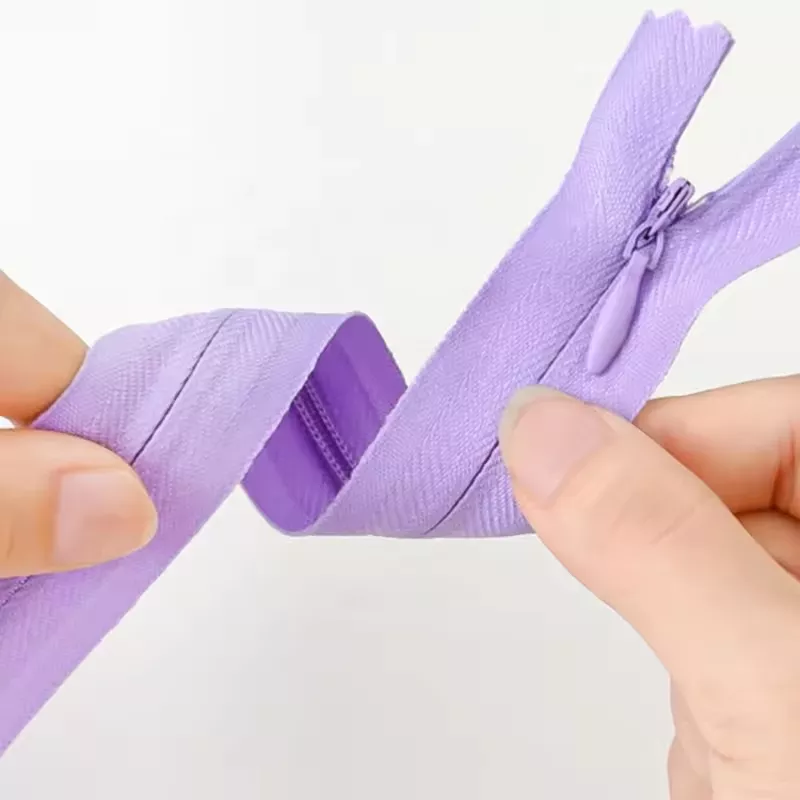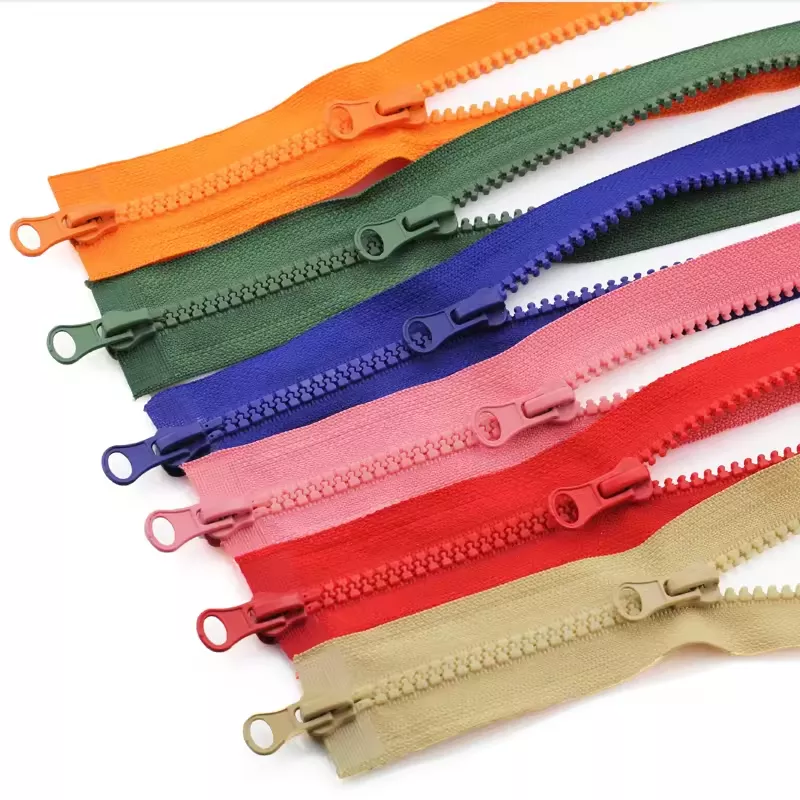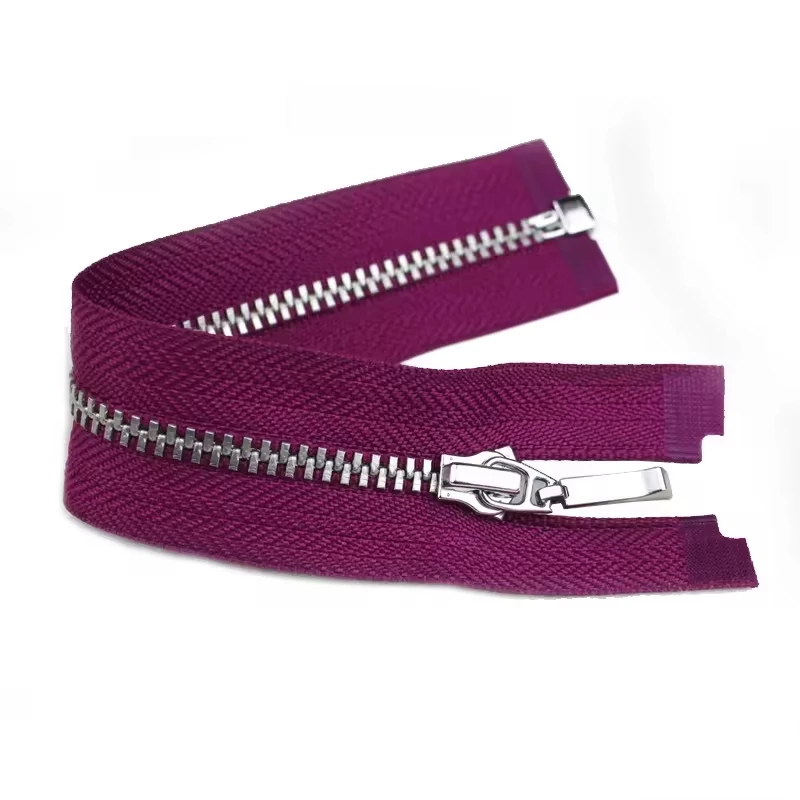
 Apr 20,2024
Apr 20,2024
 BSL
BSL
1. Can be used on various occasions, but is generally used on sportswear, shoes, bedding, bags, and tents.
2. The product is made of polyester as the main material and has a relatively low cost. It is the most widely used and common zipper in the market.
3. The chain elements are spiral-shaped and are a special type of zipper series, so there is no single tooth displacement strength in its physical indicators.
4. Slider spray painting and electroplating

1. When washing, close the zipper and fix the puller; when ironing, the zipper should be closed, the puller should be placed flat and fixed in the appropriate position, and a pad should be placed before ironing.
1. It can be used on various occasions, but it is generally used in cold-proof clothing and down jackets.
2. The product is made of formaldehyde copolymer as the main material. Its cost is between nylon zippers and metal zippers. Its durability is better than metal zippers and nylon zippers. It is commonly known as a "plastic zipper" in the Pearl River Delta region.
3. Commonly used sliders are spray-painted, and sometimes electroplated ones are also used.

1. When washing clothes, close the zipper and fix the slider. When ironing, you should close the zipper and fix the slider.
2. Close the zipper, lay the pull tab flat and fix it in a suitable position, put a pad on it, and iron it again.
1. The most expensive of all zipper series
2. Mainly made of copper and aluminum. Copper can form bronze, nickel, gun, and other colors through the oxidation process.
3. The slider is mainly electroplated
4. Generally used on pants, jackets, leather clothes, leather shoes (boots), and bags
5. Not suitable for use in corners, such as product defects caused by product characteristics when used to open and close corners.

1. Long-term exposure to air will form a metal oxide layer on the surface, and the surface will turn black if wiped with paper. Sometimes there will be traces of chain teeth on the fabric of the jacket close to the fastener teeth, often in the form of raw copper teeth.
2. Because there is wax on the surface of the metal zipper when ironing the garment, a backing paper should be placed between the fastener elements and the fabric to prevent the wax layer from contaminating the fabric.
3. Cupronickel-plated products should be stored in a ventilated and dry environment to avoid long-term exposure to the air to prevent the oxidation of the coating, which may cause slight copper exposure and yellowing of the chain elements.
4. Double-pull products with ordinary threads (round threads) and Y threads (square threads): The zippers in the Y thread direction have greater resistance when pulling, and the pulling feeling will be less smooth than in the other direction, so this type of product is generally not recommended. For customers who have higher requirements for pulling sensation.
5. When metal zipper elements are oxidized because the color of the surface of the tape is damaged to a certain extent, there is a certain color difference (generally between levels 3 and 4) compared with the tape before oxidation.
6. For metal chains made of copper alloys (nickel, red copper, brass), there is a certain color difference in the chain elements between different batches of oxidized products prepared on metal products (generally between grades 3 and 4). Zippers will have some teeth blackened due to metal oxidation. This is caused by gases remaining on the product that are not completely dissolved by the leather-cooking agent and bleach.
7. Bundling metal chains with rubber bands containing sulfide will cause the chain teeth to sulfur (turn black).
8. When washing clothes, close the zipper and fix the slider to prevent the paraffin and oily wax on the surface of the zipper from being dissolved, which will affect the service life.
9. When ironing, the zipper should be closed, the pull tab should be placed flat and fixed in a suitable position, and a pad should be placed before ironing.
